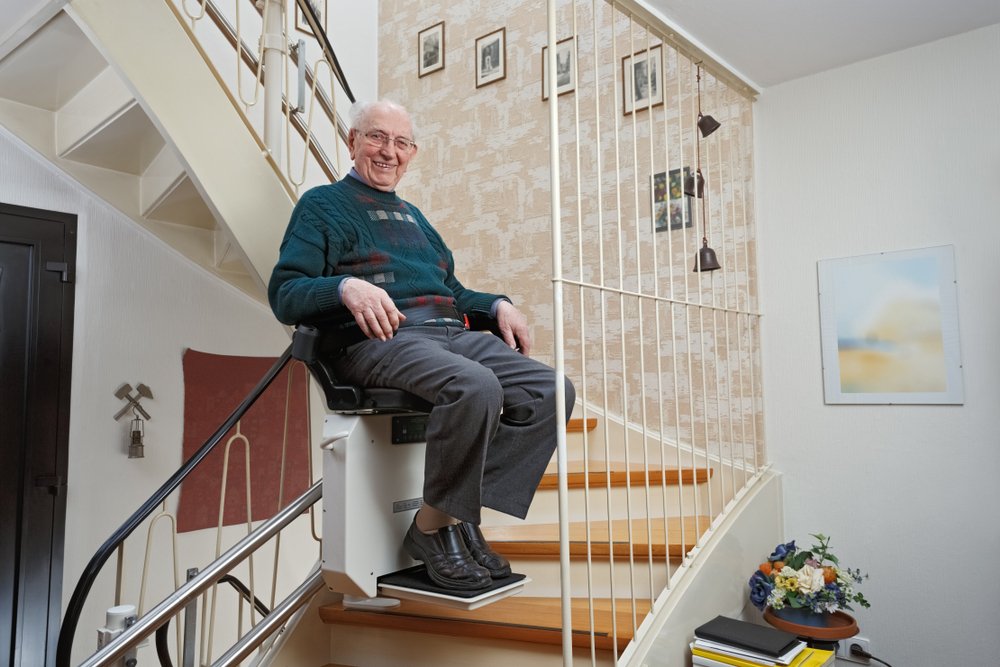
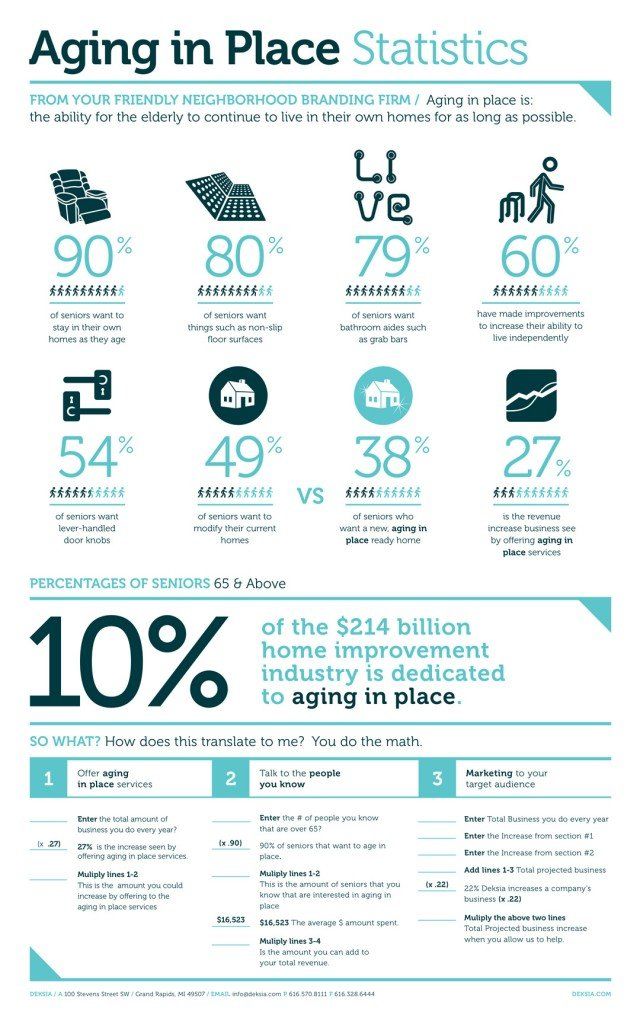
Aging-in-place modifications involve home adjustments to accommodate aging. These modifications enhance safety and accessibility. The goal is to allow individuals to live independently longer and with greater comfort.
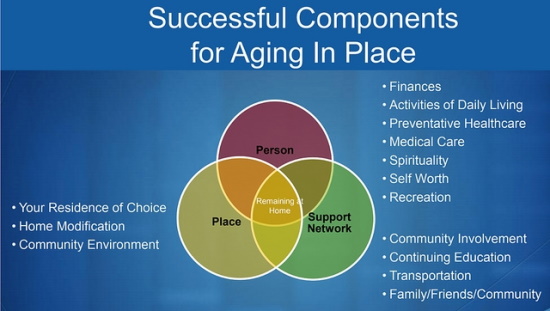
Aging-in-place modifications are home adjustments for older adults. These changes increase safety, accessibility, and comfort. Their importance lies in promoting independence and enhancing the quality of life.
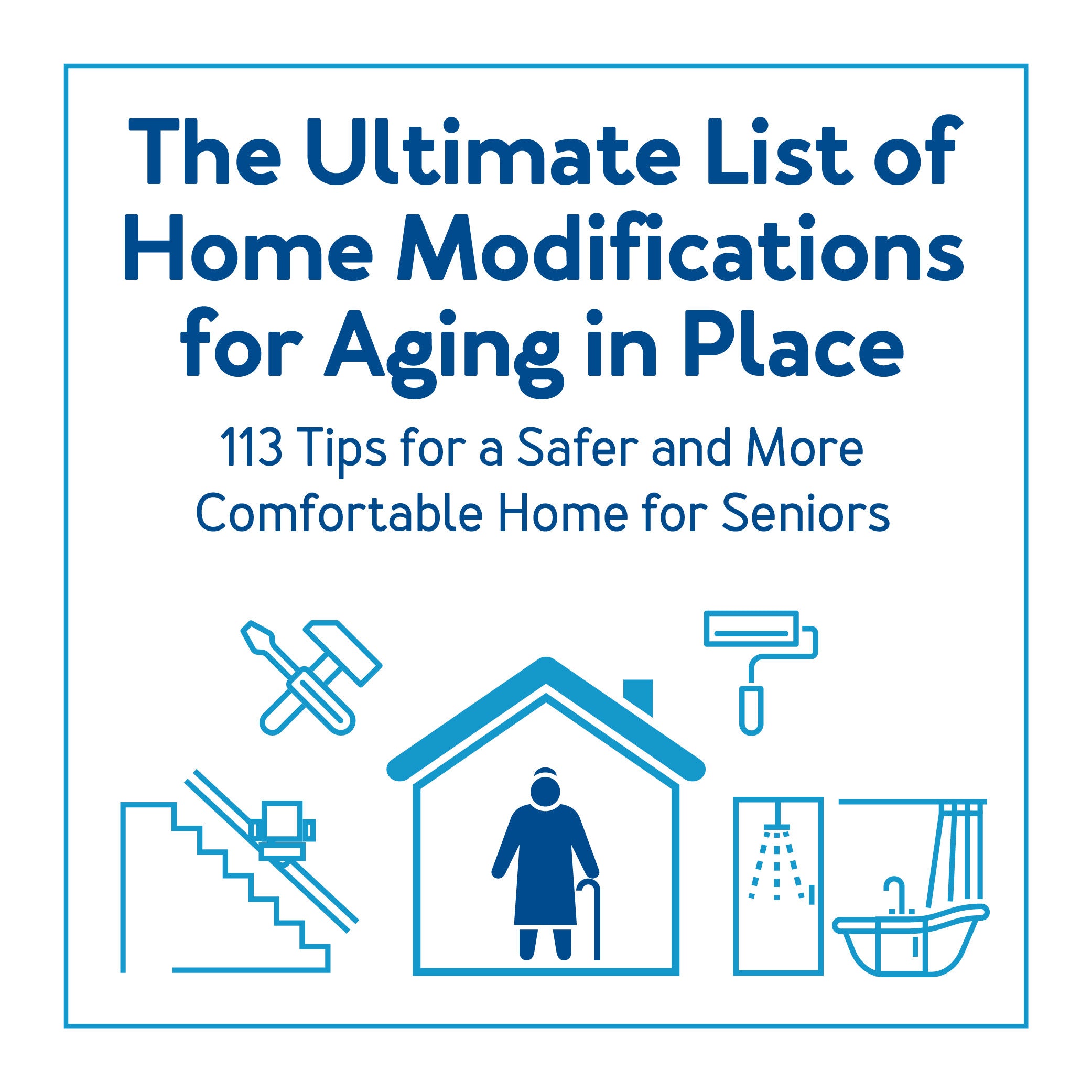
Aging-in-place modifications allow older adults to stay in their homes. This option offers greater independence and comfort. In contrast, assisted living facilities provide structured care in a residential environment.

In homes with aging-in-place modifications, safety features are crucial. They include grab bars, non-slip flooring, improved bathroom accessibility, and enhanced lighting. These features help to prevent falls and accidents.
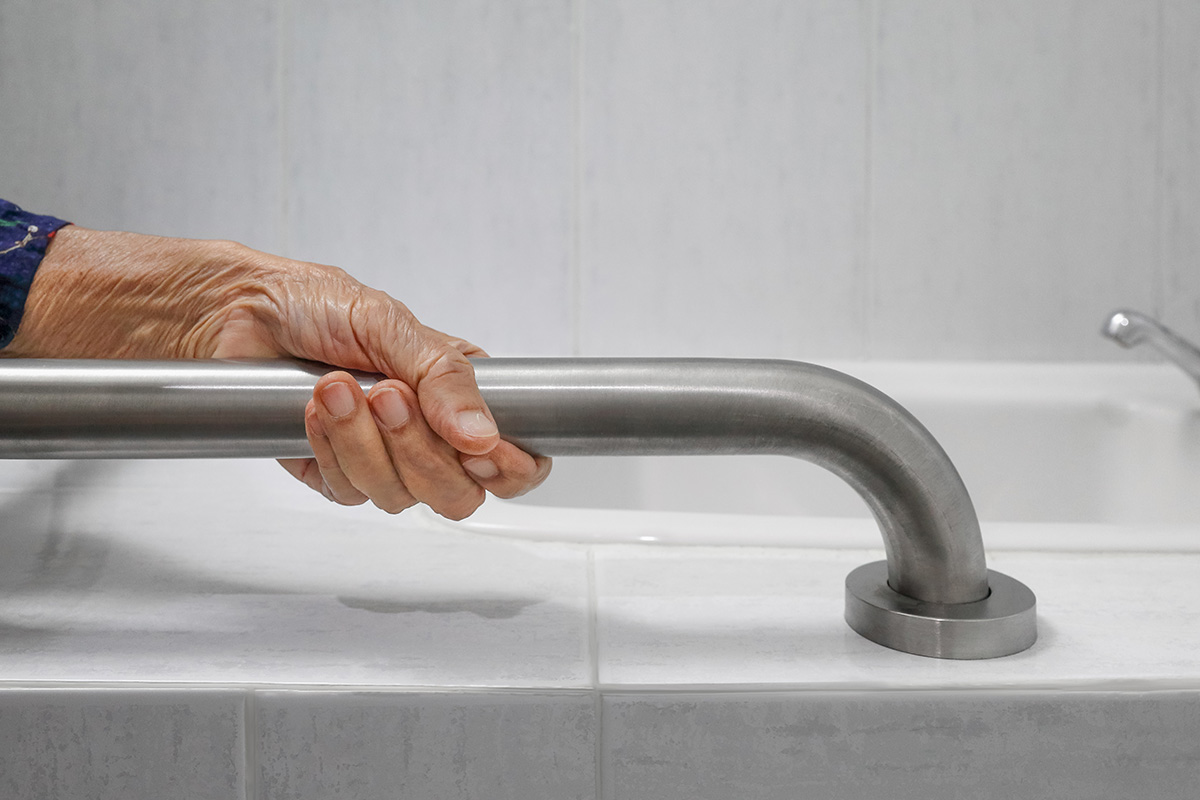
Grab bars in bathrooms provide stability. They help prevent slips and falls. Non-slip flooring reduces the risk of accidents. Both features enhance safety for elderly individuals living at home.

Proper bathroom accessibility includes installing walk-in showers and adjusting sink heights. Good lighting reduces the risk of accidents. Motion-sensor lights are particularly helpful for safe nighttime use.

Accessibility enhancements make daily living easier. These include wider doorways, ramps, and kitchen adjustments. Lever handles replace traditional doorknobs for convenience. These modifications foster independence.
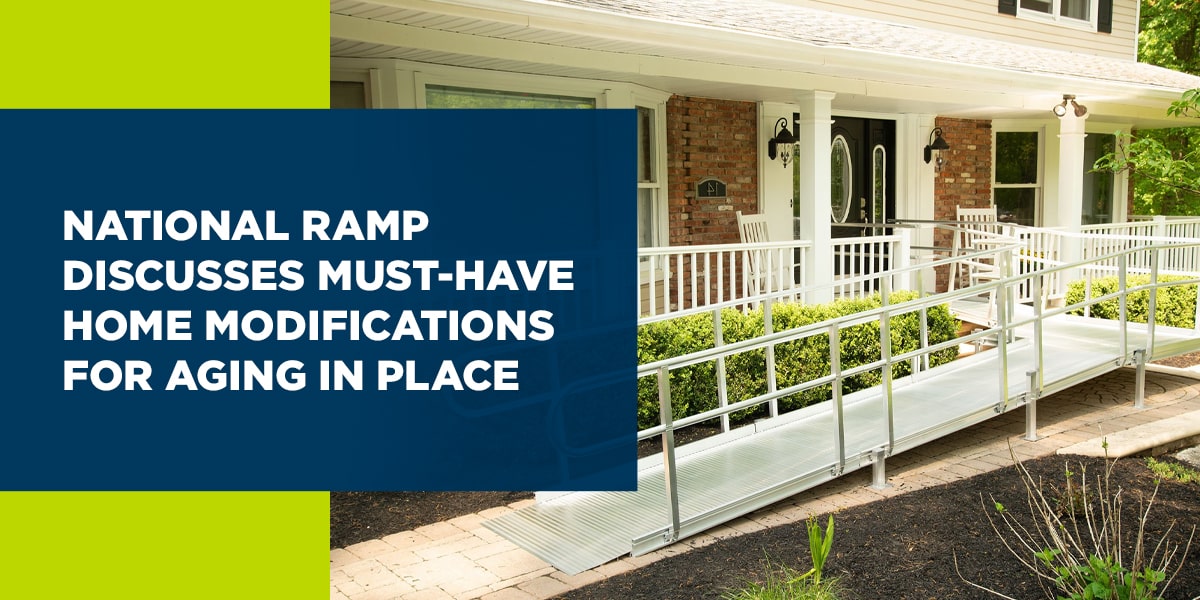
Wider doorways allow easier movement for wheelchairs. Ramps provide safe access to homes. Both modifications reduce barriers, promoting independence and safety. These changes benefit seniors significantly.

Kitchen modifications, such as lowering countertops and installing pull-out shelves, make tasks more manageable. Lever handles on cabinets and doors provide ease of use for those with limited hand strength.

Seniors benefit from adjustable beds and chair lifts for ease and comfort. Thermostatic shower valves ensure consistent water temperature. Smart home technology adds convenience and safety.

Adjustable beds and chair lifts significantly enhance comfort for seniors. These features simplify daily activities, providing ease of movement and reducing strain. They are essential for creating a comfortable living environment.

Thermostatic shower valves maintain a steady water temperature, preventing scalds. Smart home technology, like voice-activated lights, enhances convenience and accessibility. Both upgrades significantly improve the quality of daily living.

Making aging-in-place modifications can be more cost-effective than moving to an assisted living facility. Many home changes are eligible for government assistance and insurance coverage, reducing expenses further.

Modifying a home for aging in place can be substantially cheaper than moving to an assisted living facility. The one-time costs of home modifications often outweigh the ongoing expenses of assisted living.
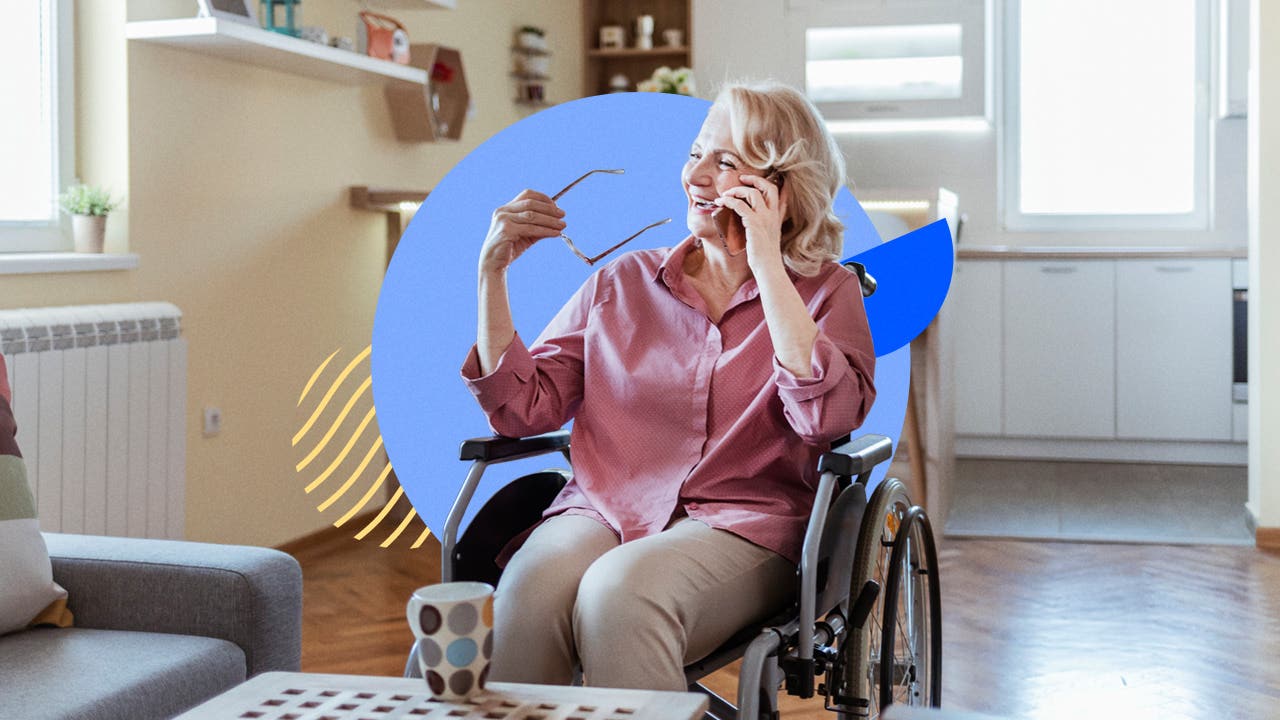
Many governments offer financial assistance programs for home modifications. Insurance may also cover certain aspects. This reduces the financial burden on aging adults significantly.

Aging-in-place modifications enhance safety, accessibility, and comfort. They offer cost-effective alternatives to assisted living. Proper planning ensures a higher quality of life for aging adults at home.
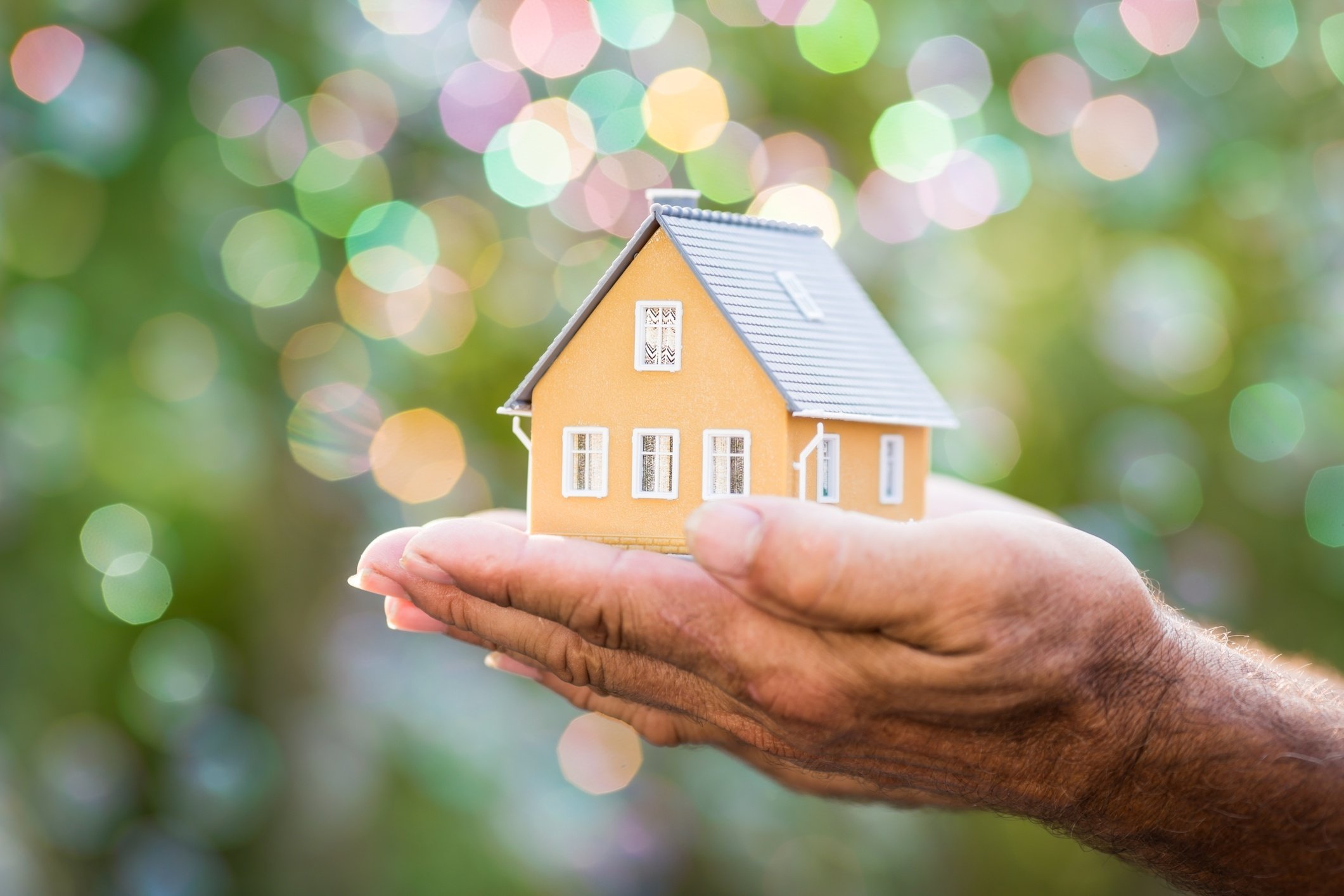
Homeowners should assess current and future needs. Consulting with professionals ensures appropriate solutions. Budget constraints and potential disruptions during installation must be considered. Prioritize modifications based on urgency and impact.
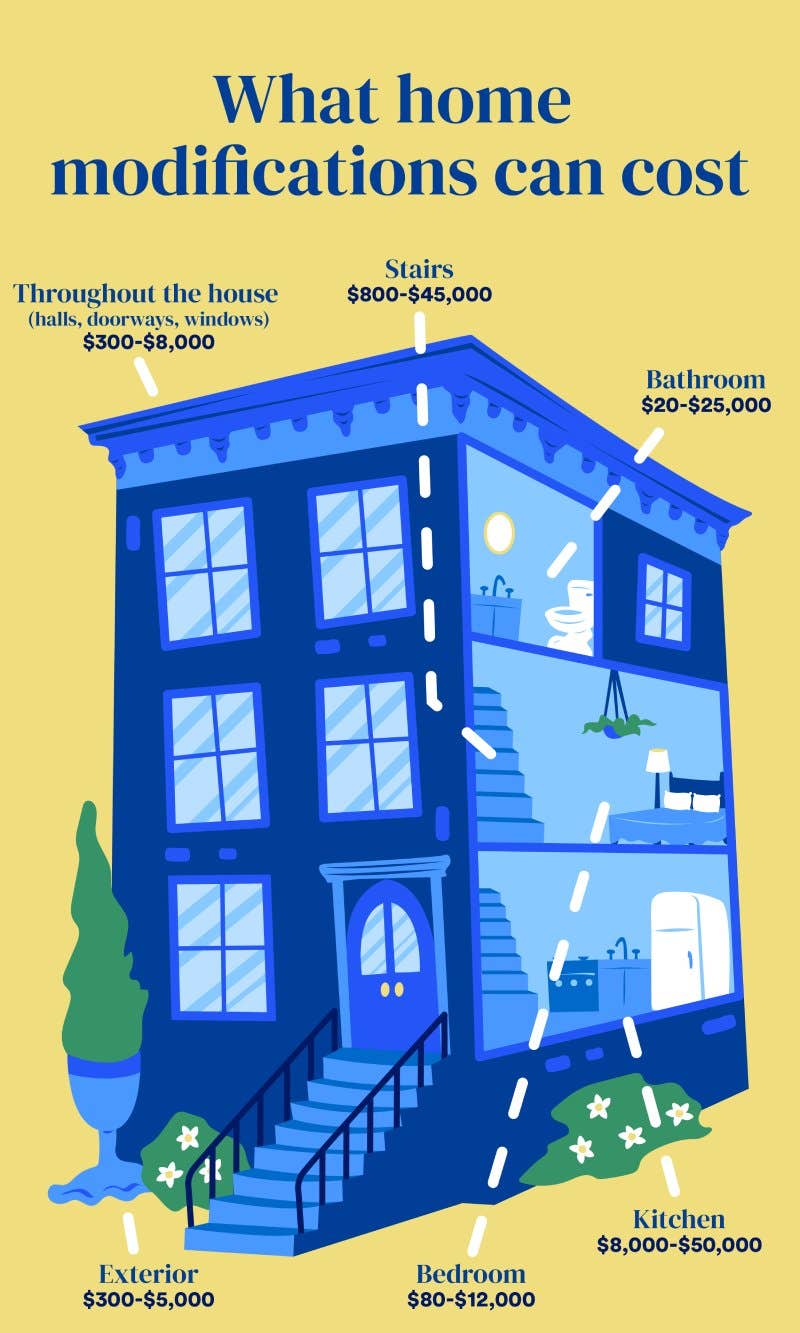
Homeowners can start by seeking recommendations from local senior centers. Review websites like Angie’s List or HomeAdvisor. Check credentials and reviews carefully to ensure reliability and expertise.



